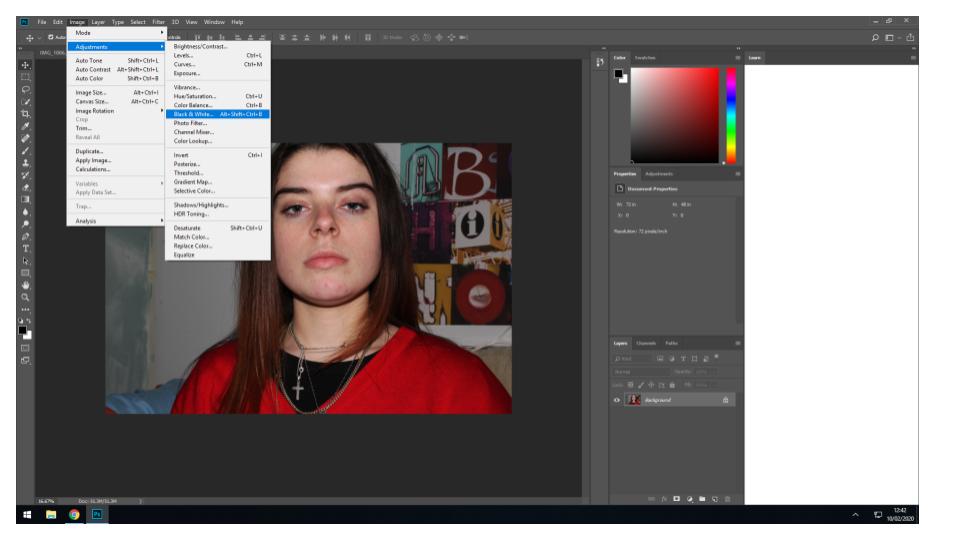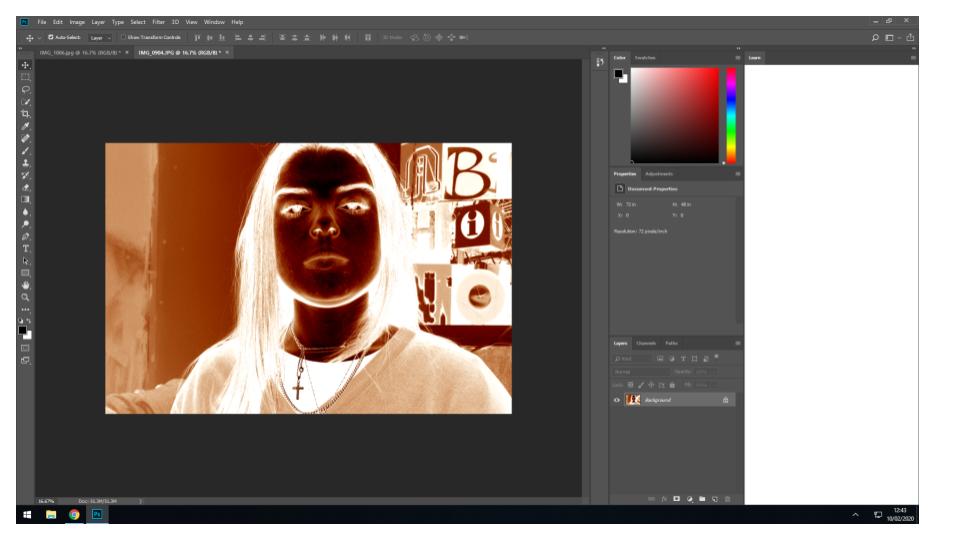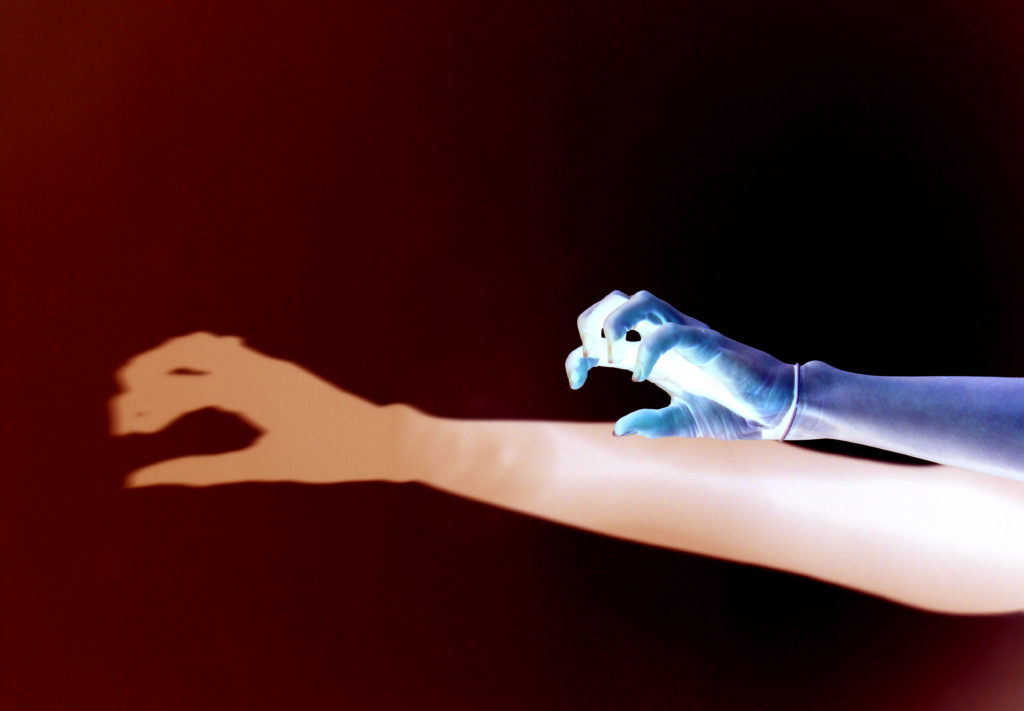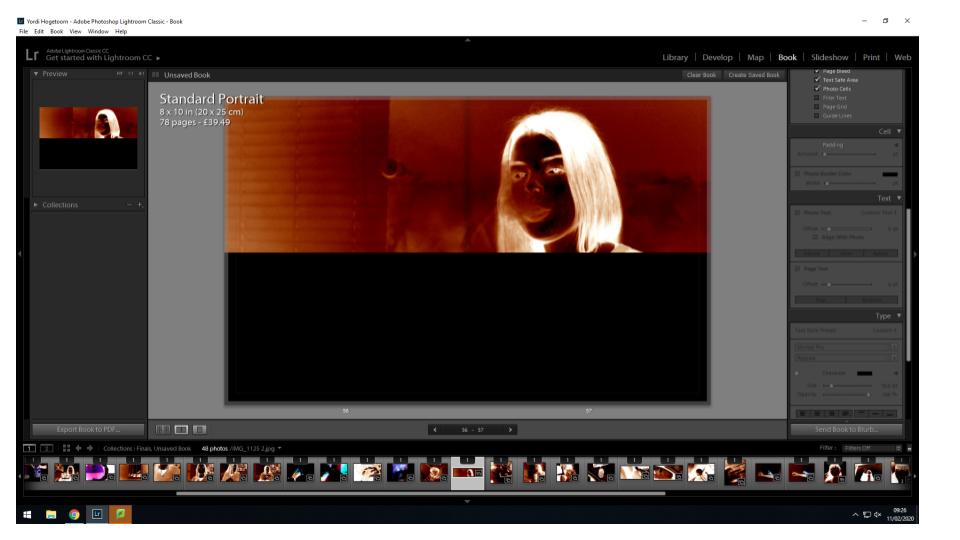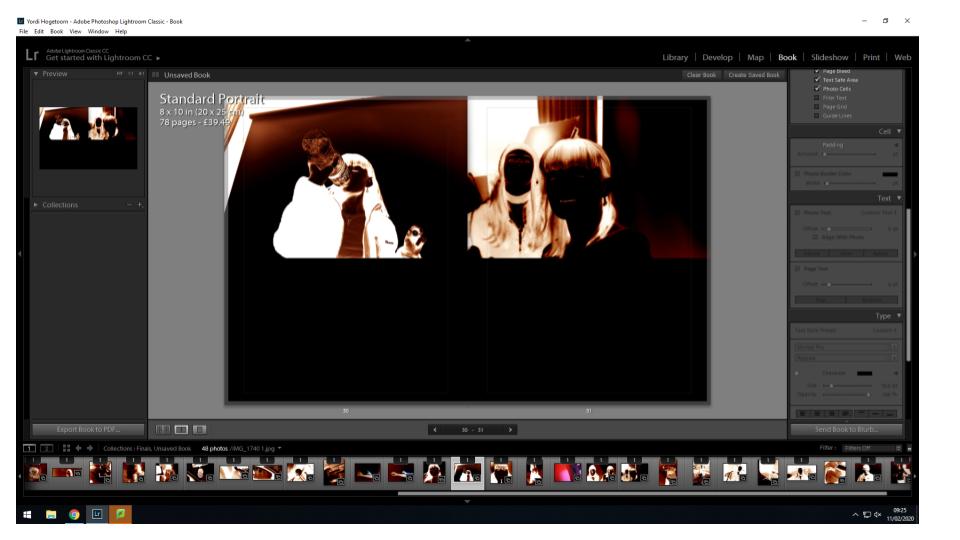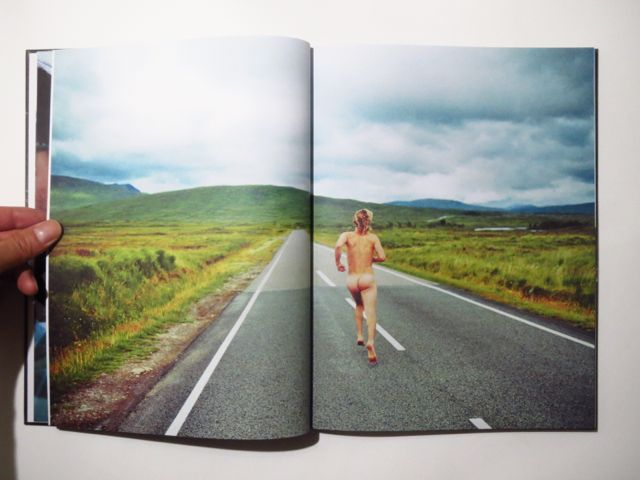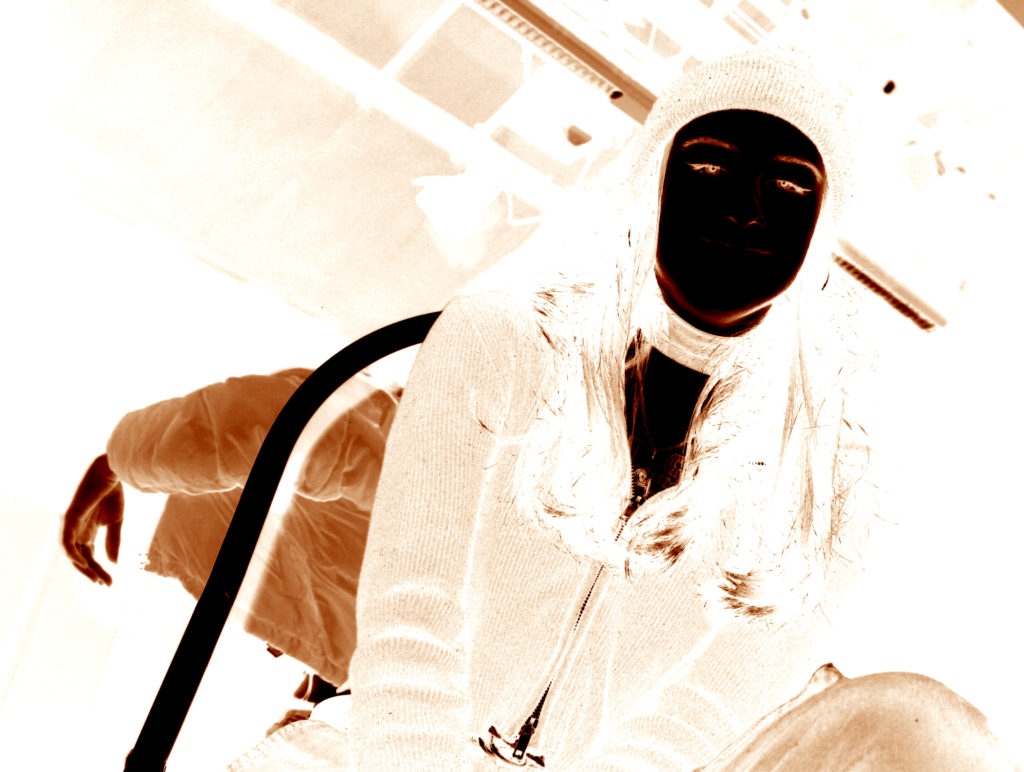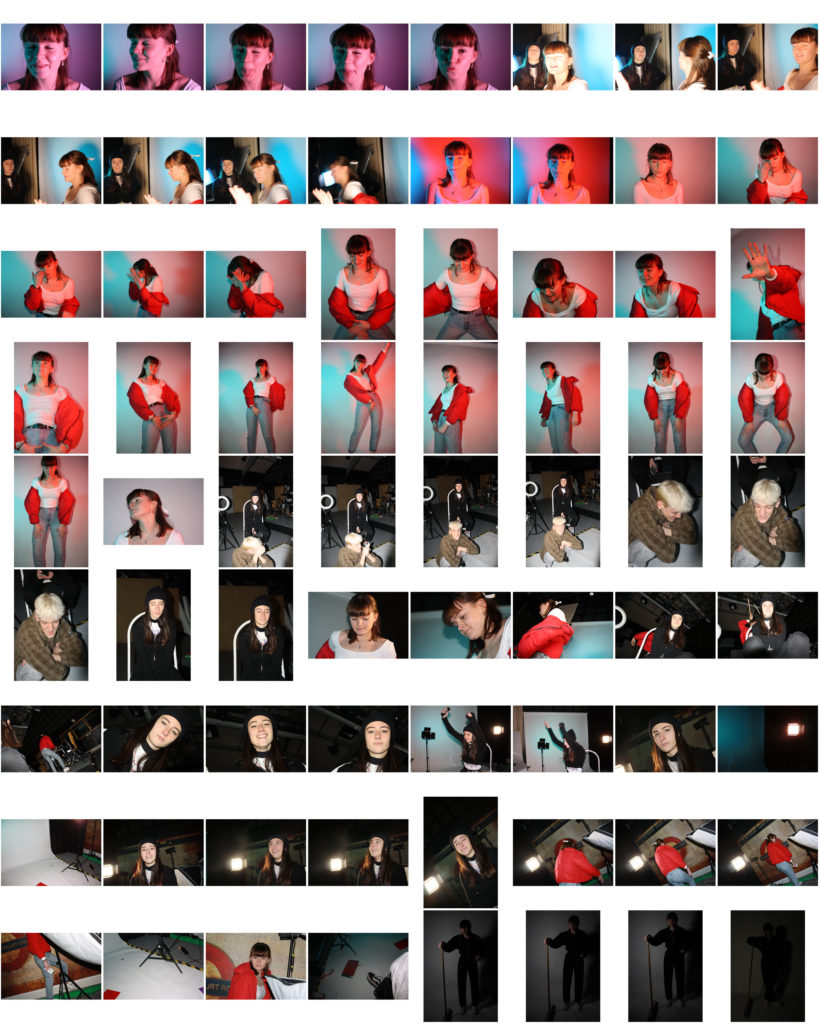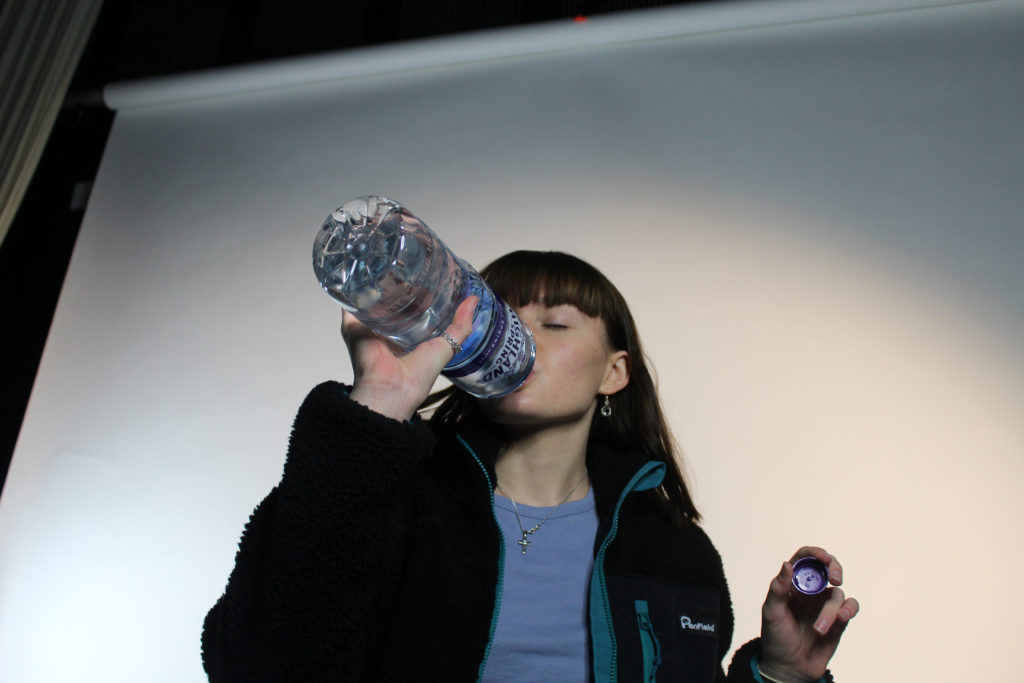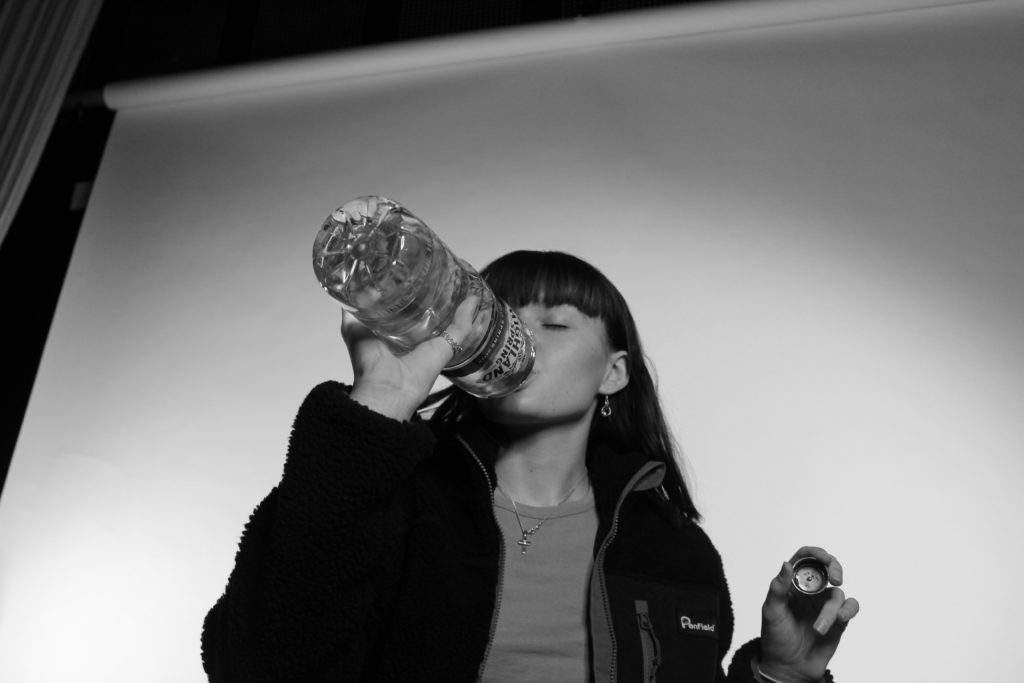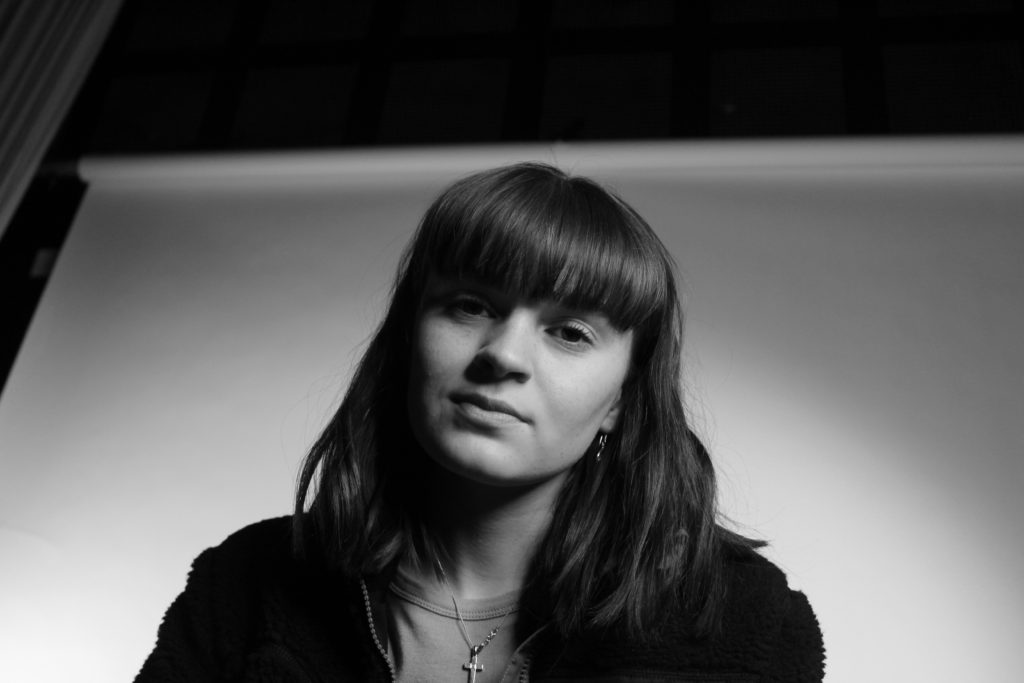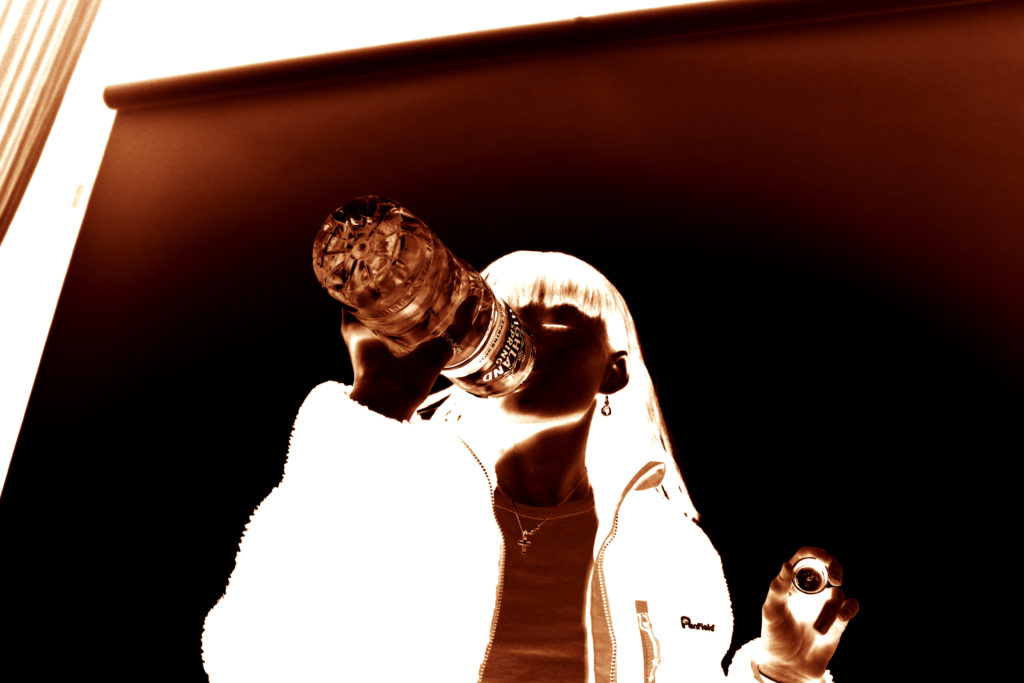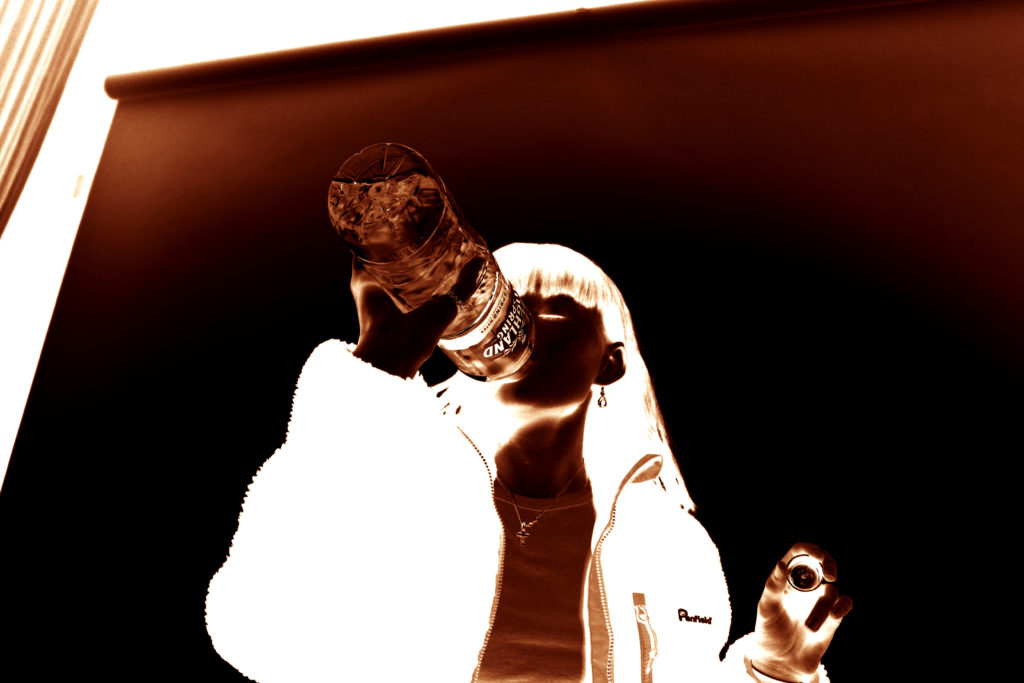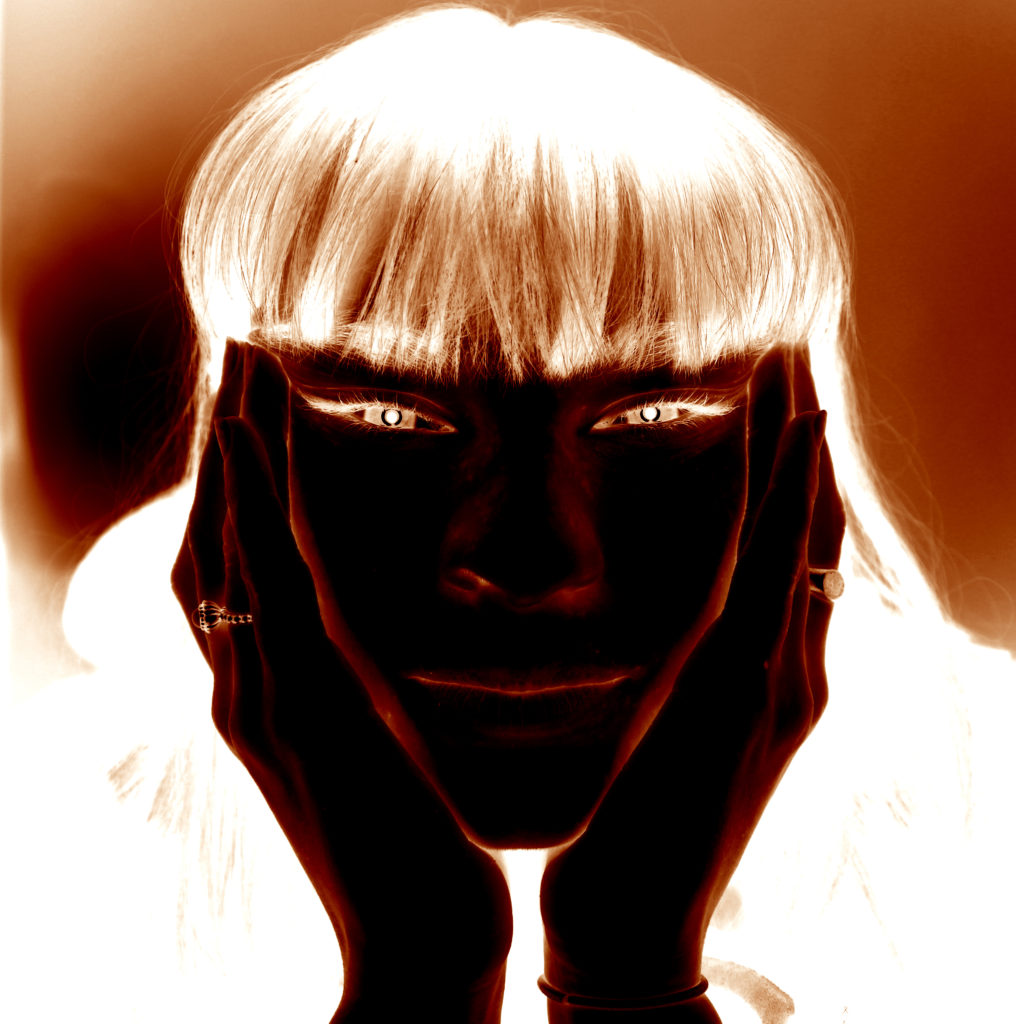Can photographs actually capture feelings and emotions or can they not be taken on face value?
“Every portrait that is painted with feelings is a portrait of the artist, not of the sitter” (D. Lewis, 2015; Face)
No matter what I’m doing I’m always in deep thought about something, be it something small like thinking about what I might wear today or something seemingly more personal and relevant to just me like the way that argument was left unresolved the previous night. Every wake up is different to the day before. You know more, you’ve seen more, you’ve thought more. Even though someone can present themselves a certain way, they are the only person that they have shared every breath and life experience with. The only person that truly understands the ins and outs of their own mind. I’m a strong believer in the chaos theory, the concept that each and every one of our experiences in life shape our complete development as people, down to how we look at life, how we think and how we react in certain situations. If you knew everything someone had been through and felt, their actions and mind set could become completely predictable. This is why it is possible to understand another person on a deeper level such as a friend, family member or lover. It is the sharing and relating of ideologies and experiences that unlock the secrets to a person’s true self.
This leads me on to my personal investigation, which focuses on the close interpersonal connections between my close friends and I, and the complexities of social science involved in the making of a friendship. Is it possible to form a friendship with anyone or does there have to be a certain level of compatibility? In the same way many of us believe ‘compatibility’ to be a key factor when it comes to finding love romantically, does it have an impact in a platonic way, can you learn to love and form a bond with anyone or is the possibility of a relationship between two people predetermined by other factors?
I will be analysing the work of two photographers: Bruce Gilden and Daren You. Both photographers work very differently. Gilden often focuses on strangers, he selects individuals he knows nothing about on the streets of New York and photographs them in obscure ways to emphasise a point of their character. He will interact with a subject he finds intriguing or out of the ordinary, allowing opportunity to find him, getting up close and personal with them, inspired by Robert Capa’s saying “If your photographs aren’t good enough, you’re not close enough”. I was inspired by the fact that he just takes a photo when he sees something interesting rather than going out and looking for it. This links with my personal investigation as I use candid portrait images throughout the project. The best compositions stemming from genuine moments and expressions captured in an image.

This composition features two men, one assisting the other in lighting a cigarette. The image appears candid due to the startled facial expressions of the man on the right. The image is black and white, which draws attention to their faces, hands and the cigarette and its smoke as the focal points of the image. Both are dressed in suits and shirts and look relatively formal. The buildings and structures in the background are slanted, which when paired with the men leaning in to each other creates a bold structure. The man on the left has his eyes covered with black sunglasses and a blank expression while the man on the right seems to be aware of the photographer. Gilden’s intentions with this image are to display the characters of the subjects without having previous knowledge of them as individuals, allowing truly candid images that say something about himself as well as the two suited men. The effect of this image is that it tells the viewer something about the subjects without any prior information on the couple. It allows the viewer to create their own reality and idea of the subjects, in this sense the image is quite liberal, there are no right or wrong ways to interpret this image. Giving power to the mind of the beholder.
Daren You similarly allows the opportunity of a good photograph to find him. You uses different techniques while developing his images, using reticulated film through a high temperature developing process, inkjet printing, darkroom printing, liquid emulsion and encaustic painting. The final result of the layering of these images creates a completely random image that looks very different from the original image he shot. In this way he explores the beauty of randomness as his art is created through both skill and chance.

This image depicts the surface of the full moon against a grainy black emptiness, this light contrast draws focus to the protruding sphere front and centre. The image appears quite plain at first glance but closer inspection of the moon itself reveals an array of light and dark scratches, lines and craters which form a shade mosaic of beautiful randomness. You’s intentions with this piece are to create an eye catching monochrome image which shows something recognisable by anyone, in a different way. Through the developing process of the image he has made something ‘random’ even more so by the unique appearance of the final outcome. This piece has a powerful effect on the viewer, seeming almost three-dimensional due to the nature of the shadow cast by the moon itself.
These photographers link with my investigation as I’m exploring the ability to convey genuine feelings and emotion through photography and whether it is possible to show the deeper aspects of relationship. Both photographers work in very different ways. Gilden is more candid. His rapid approach to photographing his subjects in action results in a variety of unique shots showcasing individuals and their unique story. You works more with the manipulation of the developing process to create visual diversity in the way the image appears rather than the matter in the photo. I am inspired by his processes of changing the image and have decided to have a theme for editing my images. This theme involves changing colours and the hue of images, to then change the tessellation of the image to create a semi-random composition with a stark and unique feel to it. Following this editing process resulted in a lot of strong photographs turning out very differently and many being discarded. The final images therefore being a combination of my camera skills and controlled factors included in a photo shoot such as lighting, camera setting and subject matter and the selective editing and choosing processes.
I will be responding to the work of Daren You and Bruce Gilden and my essay question, to investigate whether photographs can convey the thoughts and emotions of the subject, through the production of a photobook called “Understated”. This photobook showcases my friends and myself in a series of images which incorporate our friendship and inter personal relationships with each other in a range of settings where we often find ourselves. The majority of the portraits developed throughout my personal investigation were candid shots as I wished to portray the genuine nature of our relationship and how we act around people we are comfortable with without it being forced or staged.
Other images in this photobook consist of still life, close up shots of items used and located in our usual environment. The combination of portrait and still life imagery are a reflection of my two inspirations for this investigation; Gilden and You. The combination of these different mediums allowed me to explore not only the relationship between the subjects and myself but how our common interests add a distinctive dynamic between friends which is totally unique to us as individuals. The visual cultures relating to my investigation are solarisation and superimposition, both of which I have showed an interest in throughout the course. Solarisation is the method by which part of, or an entire photograph is reversed. This makes the dark areas appear light and the lighter areas appear dark. This interested me as the same image can look completely different and allow the viewer to focus on different parts of the composition simply by flipping what appears light and dark. Superimposition involves the placement of an image on top of an existing image, usually this is done to add to the overall effect of the image, but this method can also be used to conceal something. I achieved this by massively lowering the shutter speed and taking a photo of the subject in action or in the middle of a movement. This created the effect of double exposure. In some cases I followed these steps while adjusting the zoom, this created a double exposure which appeared to zoom in on an image.
My personal investigation follows a post-modernist approach to photography. Post-modernism was a movement developed in the late 20th century. Architects were at the head of this movement as they criticised the international style of architecture which up until then had followed a modernist approach. These architects felt that their international style had become repressive and orthodox and was losing its artistic value. Post-modernism follows the idea that while for modernists the image is captured from the photographer’s point of view, which leads the viewer to see one meaning, while post-modernisms focuses on the notion that there can be a lot of different interpretations and different understandings of a piece of work. This allows the photographer to tap into more debatable and taboo topics which different individuals can interpret in different ways. Post-modernism also explores the social forces exerted and their power to shape individual identities and even cultures and sub-cultures as the value of this type of photography isn’t its universal and timeless nature but the fact that it is hard hitting, relevant and accessible. These post-modernist themes are displayed throughout my work as I am discussing an individual and personal topic which is easily relatable. My investigation focuses on social norms and differences, the unique factors that bring my friends and myself together and the sub-cultures that we fall into as a group of people.
While my work in this project has a certain meaning to me, it is open to interpretation on behalf of the viewer. Different people can take away different feelings and emotions from my work, relating to different aspects of it in different ways. This leads me back to my opening quote “Every portrait that is painted with feelings is a portrait of the artist, not of the sitter” (D. Lewis, 2015; Face). As it can be said that the interpretation of a portrait can be determined by the viewer, by their mood and outlook at the time of viewing a piece of work. In this way, my work is relatively open ended as it can mean different things to different people. It can represent fun and friendships as the images display the possibility to make these connotation, however there could also be an element of rebelliousness or irrationality. The almost abstract nature of my project makes it very timeless. The series can be given thought and meaning but can also be viewed as aesthetically pleasing images which are simply enjoyable to look at. Therefore I conclude that it is possible to capture true emotions in a photograph but I feel that unlocking that emotional connection is down to the artist and the viewer. Feelings can be conveyed in an image, perhaps not in the form of a smile or frown of the subject in question, but the emotion and ‘feelings’ felt when the images are interpreted inside the mind of the viewer. This makes it subjective as it is a different thing to view an image and to understand it, but the subjective nature of photography in its entirety is what allows it to be so accessible and globally powerful.
Bibliography:











